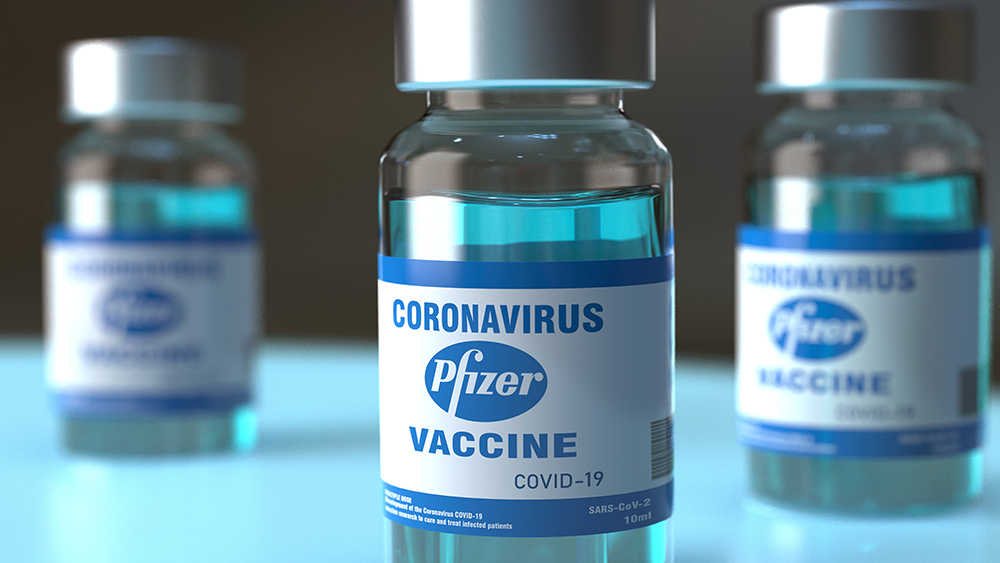 Parler
Parler Gab
Gab
Why you should worry about PFAs?
PFAS are a large, complex group of manufactured chemicals that are used in a variety of common products. These chemicals are used to keep food from sticking to cookware. PFAs are also used to make clothes and carpets resistant to stains and to create firefighting foam that is more effective. PFAS are also used in various industries such as aerospace, construction and electronics. Since the carbon-fluorine bond is one of the strongest, these chemicals do not break down easily in the environment, hence the name "forever chemicals." How are you exposed to PFAS? Human exposure to PFAS is widespread, but they may vary by geography and occupation. You may be exposed to these chemicals by consuming PFAS-contaminated water or food, or using products made with PFAS. It's also possible to be exposed to these chemicals by inhaling air containing PFAS. According to a report by the Centers for Disease Control and Prevention's (CDC) National Health and Nutrition Examination Survey (NHANES), PFAS was found in the blood of 97 percent of Americans. Why should action be taken against PFAS? Many studies suggest that multiple health effects are linked to PFAS exposure. Concerns about the public health impact of PFAS have arisen due to:- Widespread occurrence – Study findings have identified traces of PFAS in the blood and urine of people. Researchers are concerned and want to confirm if the chemicals can cause health problems.
- Numerous exposures – Because PFAS are used in hundreds of products around the globe, there are many opportunities for human exposure.
- Growing numbers – To date, over 9,000 PFAS have been identified.
- Persistence – Forever chemicals remain in the environment for an unknown length of time.
- Bioaccumulation – You can encounter different PFAS chemicals in different ways. Over time, you may take in more of the chemicals than you excrete, a process that leads to bioaccumulation in bodies.
More related stories:
Study finds unsafe levels of uranium in American public water systems. About half of US lakes, rivers are too polluted for swimming, fishing, drinking. Scientists explain how sunscreen can cause harm to coral reefs. Sources include: GlobalResearch.ca NIEHS.nih.gov Brighteon.comNEVER FORGET: Pfizer’s rigged 2020 COVID-19 vaccine trials riddled with conflicts of interest
By Ramon Tomey // Share
City of Eugene in Oregon bans natural gas hookups in new homes
By Belle Carter // Share
Federal government hides true rate of inflation by changing how CPI is calculated
By Arsenio Toledo // Share
Governments continue to obscure COVID-19 vaccine data amid rising concerns over excess deaths
By patricklewis // Share
Tech giant Microsoft backs EXTINCTION with its support of carbon capture programs
By ramontomeydw // Share
Germany to resume arms exports to Israel despite repeated ceasefire violations
By isabelle // Share










